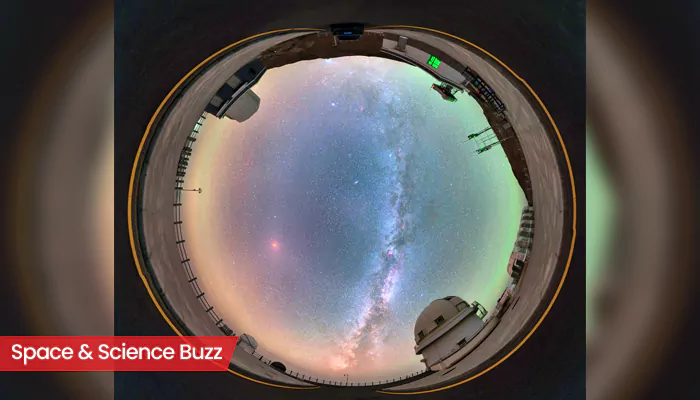The Incoming Asteroid
The focus of this news is the upcoming arrival of asteroid 2025 QV9, which measures approximately 100 feet in diameter. It’s important to understand the scale
to assess the potential danger. This asteroid is moving at a staggering speed, exceeding 10,000 mph. This incredible velocity is a crucial factor when considering any potential impact scenario. The scheduled date for its arrival is September 10, providing a specific timeframe for observation and analysis. Knowing the date and the characteristics of the asteroid allows for better preparation and assessment. The speed and size are crucial factors in understanding the potential scope of any impact.
Potential Impact Analysis
Considering the size and speed of asteroid 2025 QV9, it's essential to analyze the potential impact scenarios. A 100-foot asteroid is considered relatively small compared to other asteroids that have caused significant historical events. However, its speed of over 10,000 mph means that even a smaller object can unleash considerable energy upon impact. The specific effects depend on several factors: the asteroid’s composition, the angle of entry, and the location of any potential impact. NASA and other space agencies constantly monitor near-Earth objects (NEOs) to assess and predict their trajectories. This ongoing monitoring helps in providing accurate data about the risks. Given the current information, the chances of a major catastrophic event from this specific asteroid are considered low; however, continued monitoring is vital for safety.
NASA's Role Explained
NASA plays a pivotal role in monitoring and studying NEOs like asteroid 2025 QV9. The agency uses advanced telescopes and sophisticated tracking methods to observe these objects, calculating their orbits and predicting their future paths. This continuous observation helps scientists to understand the risks associated with near-Earth objects. NASA’s Planetary Defense Coordination Office (PDCO) specifically addresses the threat of asteroid impacts, and its team works to identify, track, and characterize potentially hazardous asteroids and comets. They also work on various methods to deflect any asteroids if they pose a threat. The agency’s early warning systems and impact mitigation strategies are crucial to protecting Earth. The data collected is shared with the global scientific community to promote awareness and coordinated responses.
Public Awareness & Concerns
When such reports emerge, the public's awareness and concerns understandably increase. It is crucial to rely on credible sources of information like NASA and recognized scientific institutions. The availability of accurate information helps to alleviate unnecessary panic and ensures that the public can make informed decisions. It is also important to recognize that many asteroids are constantly monitored, and most pose no immediate danger. The media's role in reporting these events should be responsible and fact-based, focusing on scientific data and avoiding sensationalism. Responsible reporting helps the public understand the risks associated with space events, and this promotes well-informed communities. Encouraging a balance of vigilance and perspective is essential to maintaining public calm and promoting scientific literacy.
Future of Space Defense
The event also highlights the need for continued investment in space defense technology. This includes improving detection methods, developing more sophisticated tracking systems, and researching potential deflection techniques. Exploring different deflection strategies is important if an asteroid poses a threat. These approaches include kinetic impactors, gravity tractors, and other innovative technologies. The future of space defense also relies on international cooperation. Sharing information and resources between space agencies around the world is vital for developing a unified approach to identifying and responding to potential threats. Collaborative efforts can pool expertise and resources, increasing the chances of successful mitigation. Advancing space defense ensures that humanity is prepared for future challenges from space.







